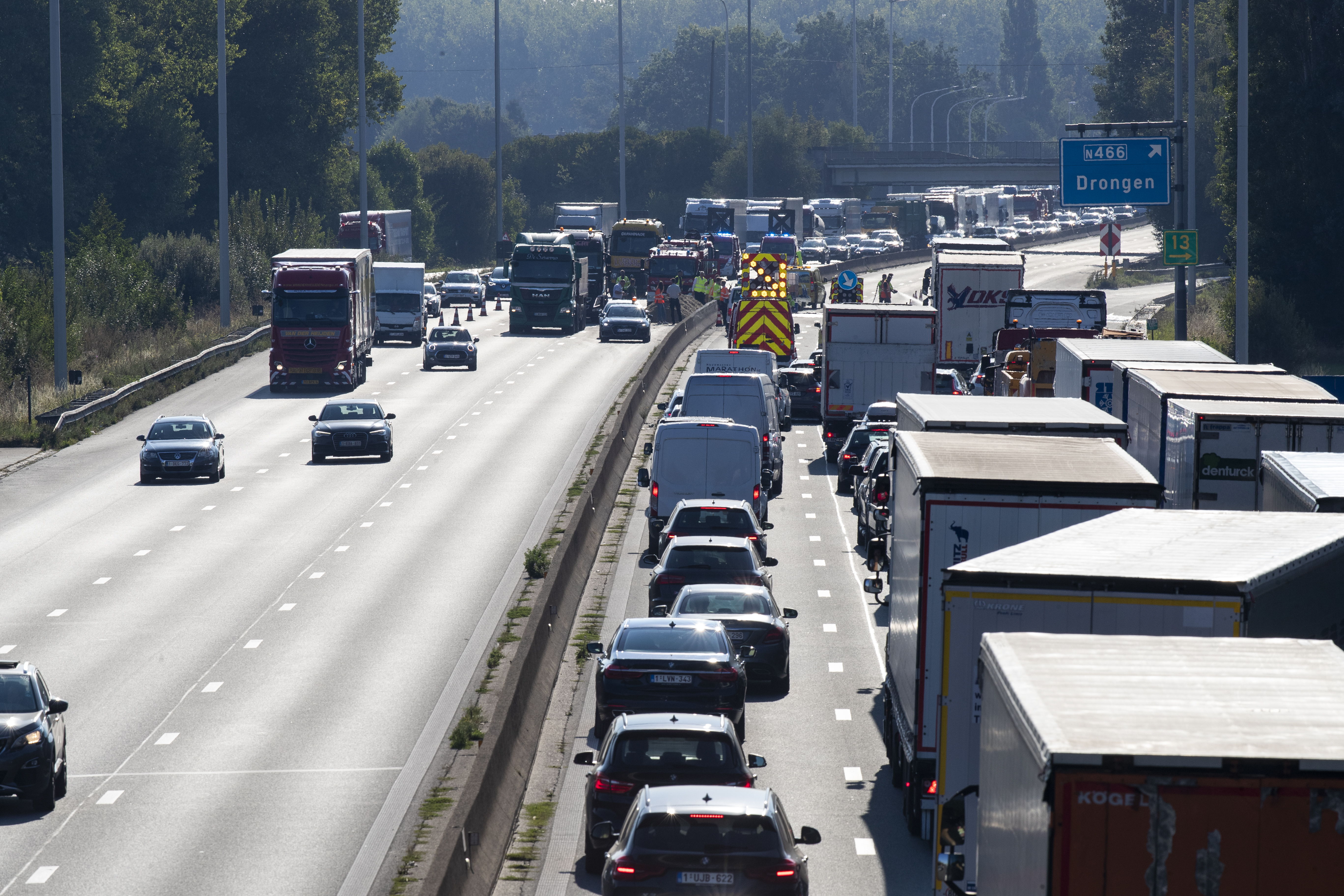Transport and its environmental impact in Belgium: Diverging trends in Flanders and Wallonia

According to figures released on Tuesday by the Environment Department of Statistiek Vlaanderen, the Flemish statistics office, the environmental impact of transport in Flanders decreased between 2013 and 2023, particularly following the Covid-19 pandemic. By contrast, there was a slight overall increase in greenhouse gas emissions from transport in Wallonia, though with significant annual fluctuations.
In Flanders, the environmental impact was assessed using the 'Mitrans' index, which considers various factors including air pollution, climate impact, disturbance to biodiversity, material use and general environmental nuisance. Between 2013 and 2019, the index increased, reflecting mounting pressure from the transport sector. A significant decline occurred in 2020 amid the Covid-19 crisis. Since then, the index has stabilised and even shown a modest decline.
Reduced air pollution
Over the full decade, the overall trend in Flanders has been downward. Statistiek Vlaanderen attributes this mainly to reduced air pollution, driven by cleaner vehicles. However, other components of the Mitrans index, such as material use and nuisance, either remained stable or increased during the same period.
In Wallonia, data from the regional air and climate agency (AwAC) shows that transport-related greenhouse gas emissions grew slightly between 2013 and 2023. This was an uneven trajectory: emissions peaked in 2015, declined steadily to a low point in 2020 during the pandemic, and have risen again since then, with 2023 levels marginally exceeding those of a decade earlier.
#FlandersNewsService | © BELGA PHOTO NICOLAS MAETERLINCK
Related News


